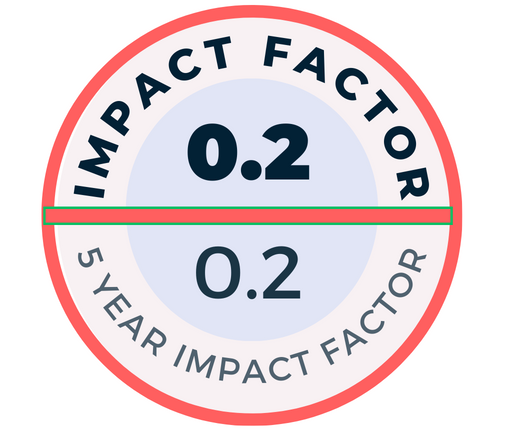Objective: Ankle-brachial index indirectly shows subclinical atherosclerosis in extremity vessels. No study investigated the role of ankle-brachial index measured with simple automated devices in the prediction of postoperative acute kidney injury in non-cardiac surgery patients with a low risk of acute kidney injury.
Methods: The single-center, cross-sectional, observational study included patients who were scheduled for operation under general anesthesia. The preoperative ankle-brachial index was measured with two Omron M2 Basic (Hem 7120-E) automatic sphingomanometry devices for the detection of the arm and leg systolic blood pressure values. The ratio of ankle higher systolic blood pressure to brachial higher systolic blood pressure was recorded as ankle-brachial index.
Results: A total of 100 (48 women, mean age of 57.5 ± 14.1 years) patients were included. The median ankle-brachial index value was 1.12 (right ABI: 1.11 ± 0.09 and left ABI: 1.12 ± 0.10). The level of ankle-brachial index in patients with acute kidney injury was not significantly different than in patients without acute kidney injury. Serum creatinine value was increased on the second day compared to baseline in 38 (38%) of patients. There was no difference in terms of ankle-brachial index levels in patients with and without an increase in creatinine levels. In the linear regression model including the parameters that were found to be related to the change in the second-day serum creatinine in univariate analyses, left ankle-brachial index showed a negatively significant relationship with the second-day serum creatinine change.
Conclusion: Ankle-brachial index is useful in the assessment of perioperative renal function and acute kidney injury risk in non-cardiac surgery patient populations
Cite this article as: Şumnu A, İslamoğlu Z, Karadağ S, et al. Role of ankle-brachial index measured with simple automated blood pressure devices in predicting the postoperative kidney functions in non-cardiac patients with low renal risk. Turk J Nephrol. 2022;31(1):58-65.

.png)



.png)
